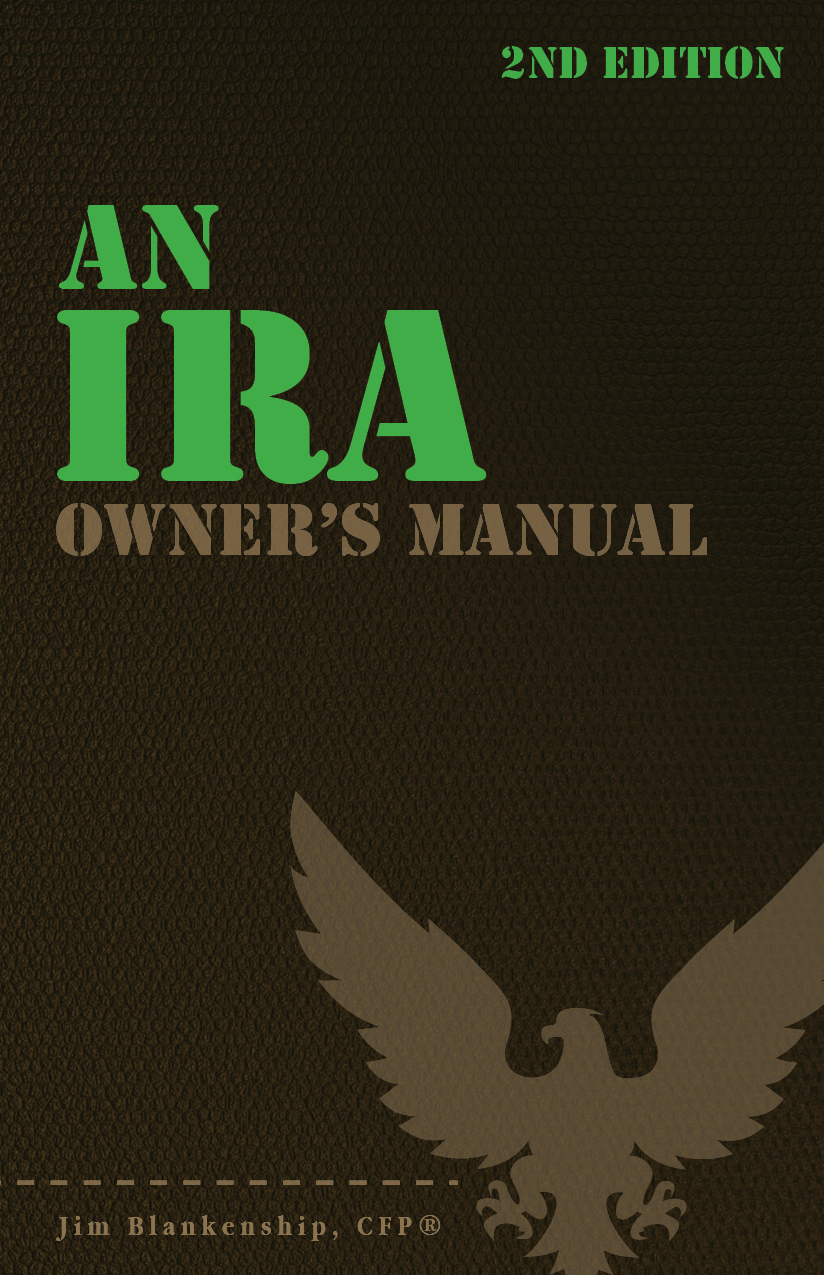
This post was inspired by a recent conversation I had with a former student. As is customary in my classes, I encourage students to contact me if they have questions while in the “real world” after graduation.
The student was contemplating contributing the maximum to a Roth IRA for 2018 – which is $5,500, and then potentially doing the same for 2019 – which would be $6,000.
His concern was market volatility. He was afraid of contributing to the IRA, then seeing is lump sums of $5,500 and $6,000 respectively plummeting if the market were to drop substantially.
I told him to look at it from this perspective. The middle letter in the acronym IRA stands for retirement. This young man is 22 years old, planning to retire in 30 to 40 years.
I told him that he could consider contributing the maximum to his Roth IRA every year, regardless of what he thoughts the market might do. In other words, if his retirement is 30 to 40 years away, why be concerned with what the market is going to do in 1, 2, or even 5 years.
To help ease his worries about the market volatility and subjecting the entire annual, lump sum IRA contribution to volatility all at once, I told him he could simply dollar cost average $500 monthly for his 2019 contribution. This seemed to put him at ease.
And that’s my advice to readers, particularly young readers, but even those with a long-time horizon for retirement. Focus on the future, stick to your savings plan, and let your investments and compound interest work for you.


 Sterling Raskie, MSFS, CFP®, ChFC®
Sterling Raskie, MSFS, CFP®, ChFC® The latest in our Owner’s Manual series, A 401(k) Owner’s Manual, was published in January 2020 and is available on
The latest in our Owner’s Manual series, A 401(k) Owner’s Manual, was published in January 2020 and is available on  A Medicare Owner’s Manual, is updated with 2020 facts and figures. This manual is available on
A Medicare Owner’s Manual, is updated with 2020 facts and figures. This manual is available on  Social Security for the Suddenly Single can be found on Amazon at
Social Security for the Suddenly Single can be found on Amazon at  Sterling’s first book, Lose Weight Save Money, can be
Sterling’s first book, Lose Weight Save Money, can be  An IRA Owner’s Manual, 2nd Edition is available for purchase on Amazon. Click the link to choose the
An IRA Owner’s Manual, 2nd Edition is available for purchase on Amazon. Click the link to choose the  Jim’s book – A Social Security Owner’s Manual, is now available on Amazon. Click this link for the
Jim’s book – A Social Security Owner’s Manual, is now available on Amazon. Click this link for the  And if you’ve come here to learn about queuing waterfowl, I apologize for the confusion. You may want to discuss your question with Lester, my loyal watchduck and self-proclaimed “advisor’s advisor”.
And if you’ve come here to learn about queuing waterfowl, I apologize for the confusion. You may want to discuss your question with Lester, my loyal watchduck and self-proclaimed “advisor’s advisor”.